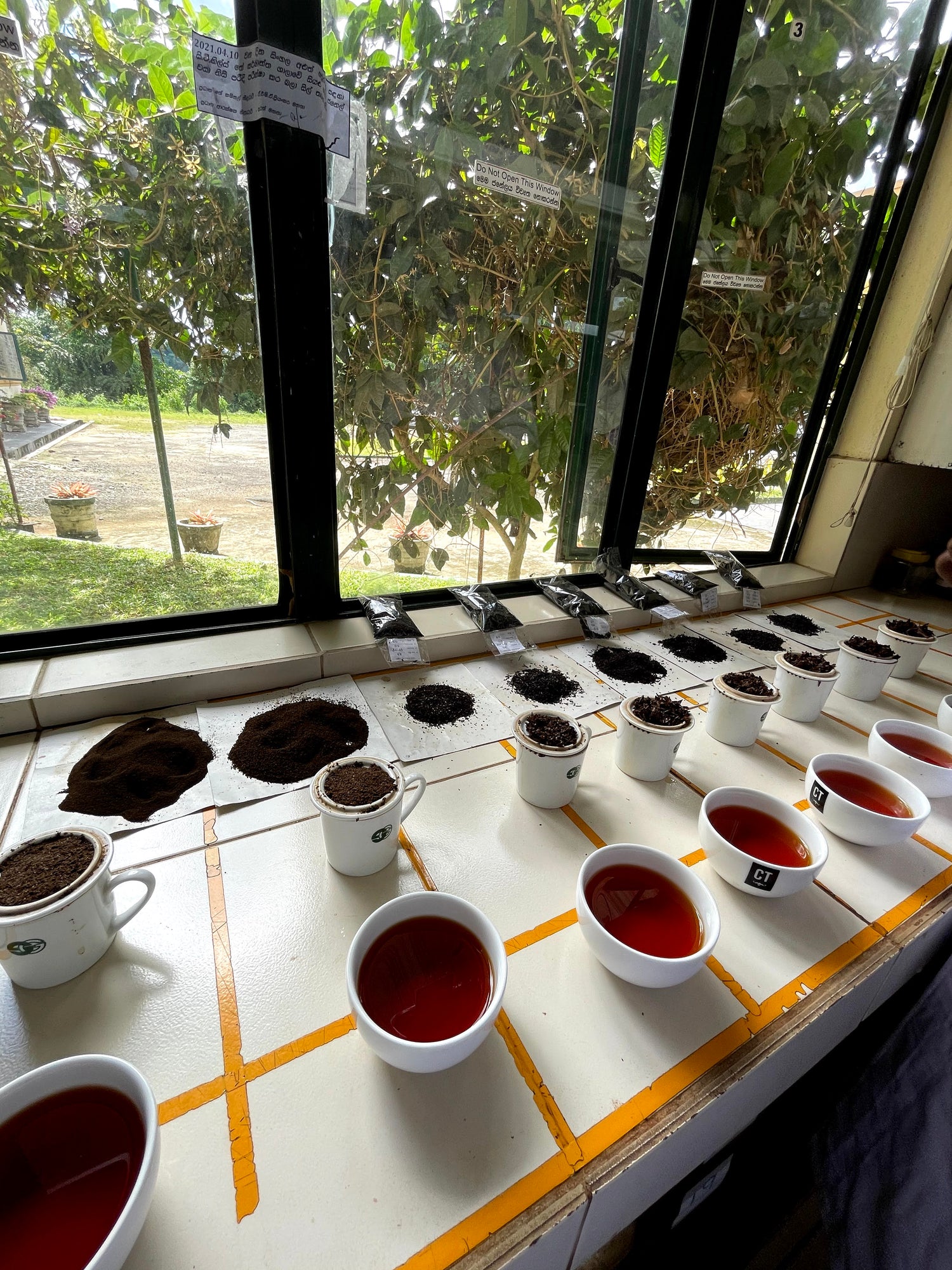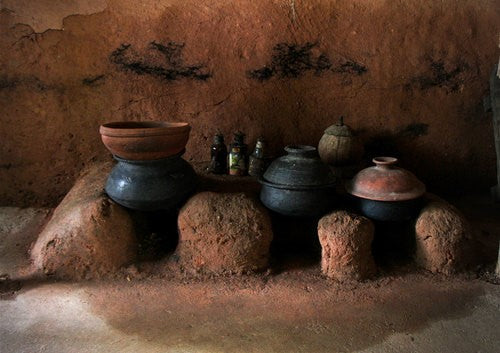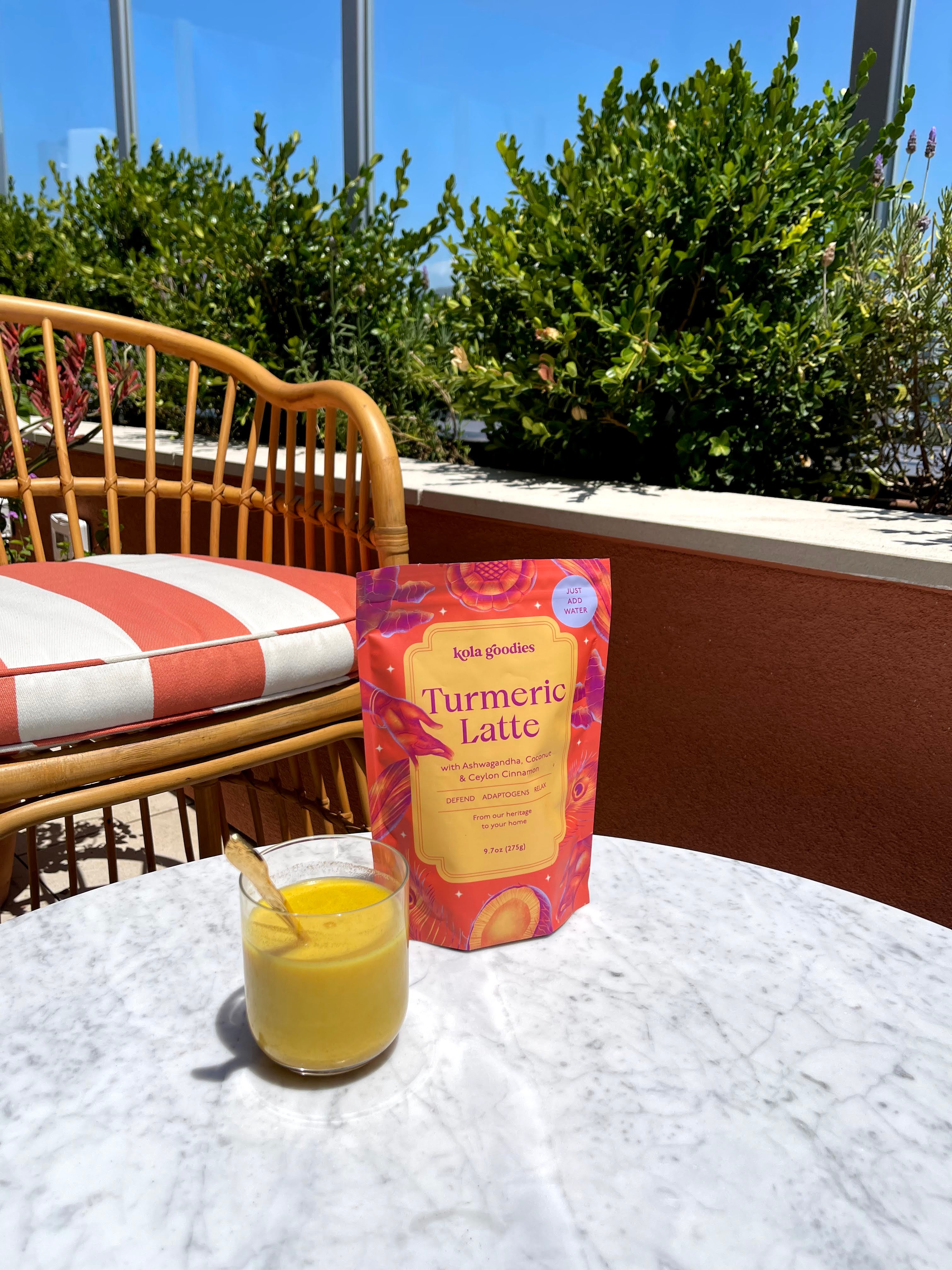Back in February, we posted about the colonized history of tea on Instagram. It turns out, many people in our Kola Goodies community were as curious about it as we are. We explore major points in the history of Ceylon tea and the indentured servitude of Indian Tamil plantation workers.
How Tea Plantations Began in Ceylon
In 1852, Scotsman James Traylor arrived at the Loolecondera estate in Kandy, and laid the foundation for the first organized tea plantation. He traveled to India in 1866 to learn the basics of tea plantation before returning to start his 19 acre tea plantation in Ceylon. In 1875, after successfully starting a tea factory in Loolecondera, Taylor sent the first shipment of Ceylon tea to an auction in London.
The Indentured Servitude of Indian Tamil Tea Workers
The British brought South Indian Tamil people to Ceylon to work on the tea plantations, as cheap labor. At that time, Sinhalese people were interested in more lucrative industries. Although the Tamil plantation workers are often referred to as “indentured servants,” they were essentially enslaved people. They were completely unpaid, and lived at the will of the plantation owners in crowded shacks — void of sanitation, running water, medical facilities, or schools for their children.
The Independence of Sri Lanka
Ceylon became independent on February 4th, 1948 and became known as the Democratic Socialist Republic of Sri Lanka. It is interesting to note that after Sri Lanka’s independence, an issue arose of what to call Ceylon tea. Stakeholders decided to stick with “Ceylon tea” because of its familiarity as a global brand, which remains its name today.
Conflict Between Ethnic Communities
The British had a divide and rule policy to keep ethnic communities in tension with each other. Conflict brewed between the Indian Tamil and Sinhalese communities, with differences in caste, economic conditions, religion, language, and more. Sri Lankan Tamils were favored by the British and held many government positions.
The Ceylon Citizenship Act was passed in 1948. Tamil tea plantation workers were given the status of “temporary citizens” and were disenfranchised. It wasn’t until the 1980s that the descendants of Tamil tea workers were able to gain citizenship. In 1956, Sinhala became the official language of Sri Lanka, and there were 4 days of brutal rioting when the bill was introduced.
The Legacy of Ceylon Tea
By 1962, Sri Lanka became the largest exporter of tea in the world. Under the Land Reform Act passed in 1975, the plantation industry (a total of 415,000 acres) became under the control of the state. Governmental issues, such as labor shortages and financial losses, led to large-scale privatization efforts of the tea industry, from the 1980s onward. This gave way to more equitable tea management options: farmer collectives and smallholders.
At Kola Goodies, we reflect on roots of this drink and share the warmth it brings. We source the Ceylon tea for our Sri Lankan Milk Tea from small-holder farmers to support and empower all the hands that touch our tea along the supply chain.




Leave a comment
This site is protected by hCaptcha and the hCaptcha Privacy Policy and Terms of Service apply.